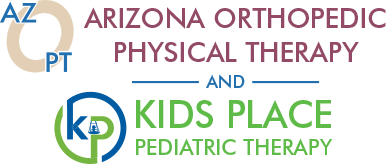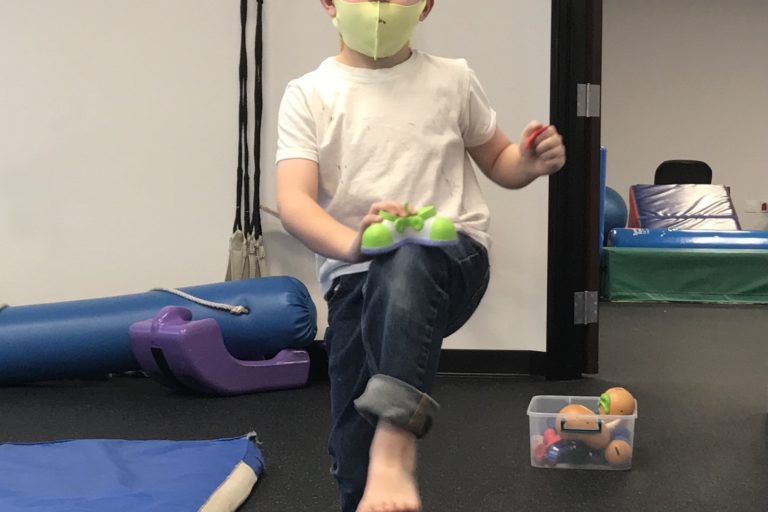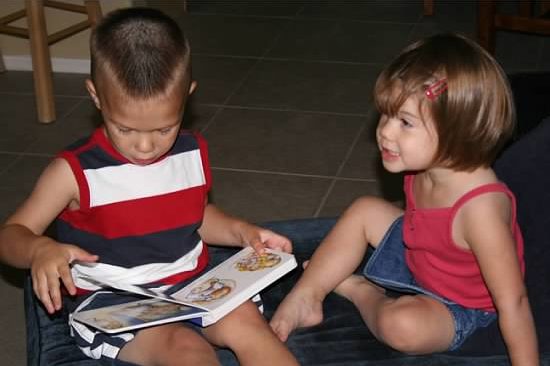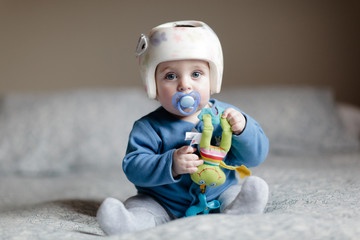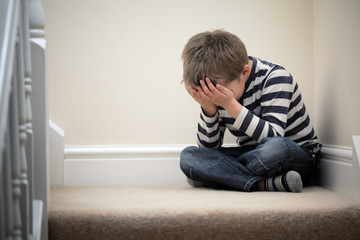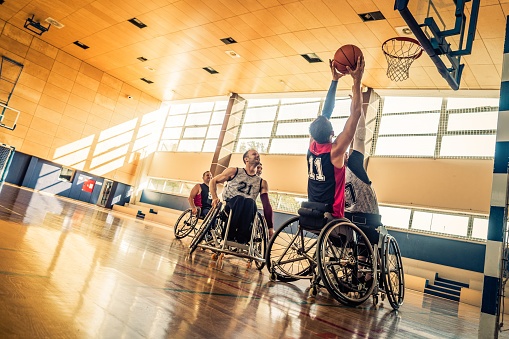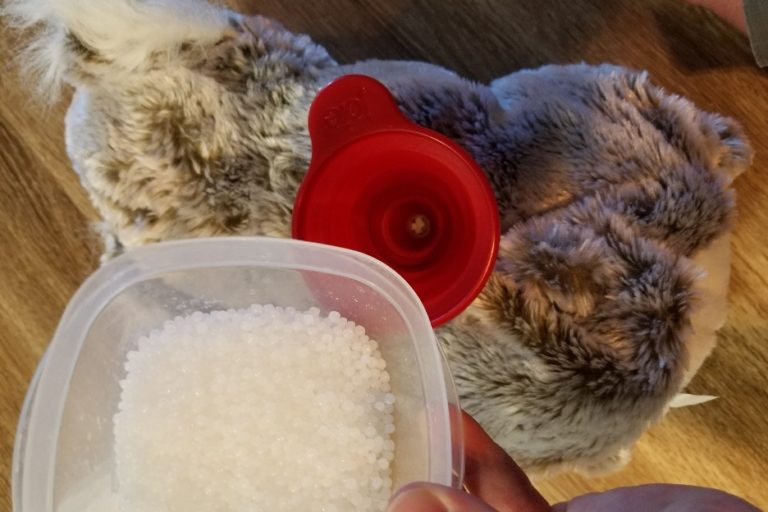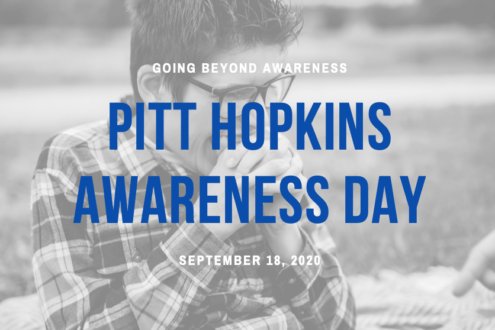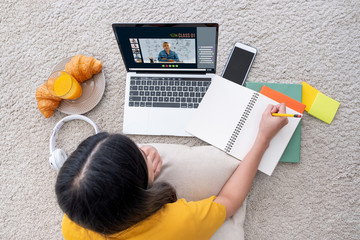Since 2008, Kids Place West has provided pediatric therapy in physical, occupational, speech, and feeding therapy to West Valley children. In 2015, we opened Kids Place Central to provide these services to more Phoenix-area children. In 2018, Kids Place Central moved to our current location in Encanto Park. Kids Place Prescott began in 2020 with pediatric physical therapy and has expanded to include all services to the Quad City area. Most recently, Kids Place East in Gilbert opened to provide all services in the East Valley.
Midline Crossing Activities by Jessica Tallent, OTR/L Kids Place West Pediatric Occupational Therapist The midline is the term used to describe the invisible line at the middle of the body which goes from the head to the feet. When children participate in activities that require them to cross the midline, connections in the brain are…
Start Reading Early With Your Child Most people are familiar with the notion that reading to your child regularly is beneficial. But when should you start? Reading comprehension and the ability to follow along do not come until age 4 or 5 (depending on the child), but the value of guided reading can be seen…
Why Babies Wear Helmets by Nicole Campbell, PT, DPT Kids Place West Pediatric Physical Therapist Ever noticed a baby wearing a helmet and wondered why? The short answer is to help shape their head. Babies are born with ‘soft spots’ or bones in their skull that have not fused together. This is so a baby…
Anxiety Concerns in Children Childhood – a time when one is carefree with no worries to keep them up at night. Unfortunately that is not the case for all children. Anxiety is thought to be a disorder that only affects adults, when in reality one can be diagnosed with a form of anxiety at the…
Adaptive Sport Programs and Recreation Resources for Children with Disabilities Individuals with intellectual and physical disabilities experience problems with their overall health including higher rates of obesity when compared to their typically developing peers. Obesity is a worldwide health concern that is not often tracked in children and youth with disabilities over their lifespan. Children…
How to Create a Weighted Animal to Improve Calming Strategies by Thomas Stevens, OTR/L Kids Place West Pediatric Occupational Therapist Deep pressure can be very calming for children who have a hard time with self-regulation and attention to tasks. For many kids, bear hugs, weighted blankets, or weighted vests are tools that get this type…
Maintaining Attention During Remote Learning By Kristi Knight, OTD/S Kids Place Student Occupational Therapist Online school can be hard for any child, especially if that child has a short attention span due to ADHD, developmental delay, or traumatic brain injury (TBI). Helping your child maintain focus on their schoolwork proves to be difficult for many…
Pitt Hopkins Syndrome Awareness by Lauren Bacsalmasi, DPT Kids Place Central Pediatric Physical Therapist Pitt Hopkins is a neurodevelopmental disorder caused by a gene called TCF4 in chromosome 18. While this disorder is considered to be very rare, diagnosis is becoming more common with increased access to genetic testing. It is associated with other disorders…
Brain Breaks for Virtual Learning by Kristen Henderson, M.S., OTR/L Kids Place West Pediatric Occupational Therapist For families across Arizona, virtual learning is our children’s’ new way of life. A child’s main occupation is to learn through play and movement, which can be tricky during this time of online learning. Try some of these brain…
Ask the Therapist: Am I Confusing my Child by Speaking More Than One Language? by Pauline Munoz, CCC-SLP Kids Place Speech and Language Pathologist Families who speak more than one language at home are often worried their children may develop a speech or language delay. This is because of their fear that the child may…
